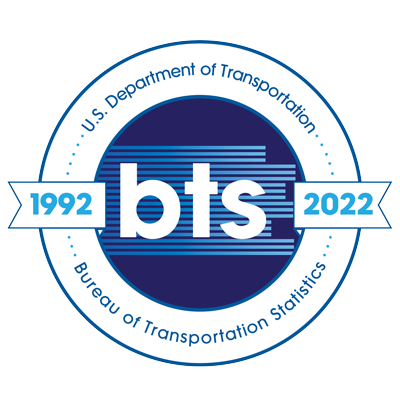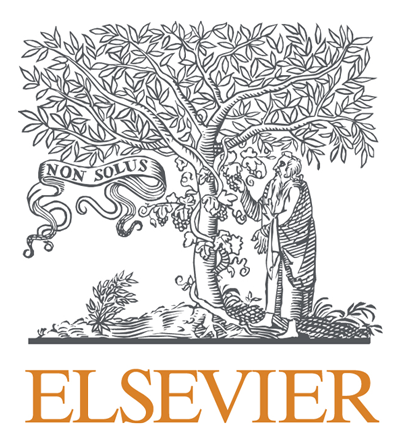Geospatial Access to Fresh Food Outlets as a Proxy for Dietary Folate Information
Topics:
Keywords: Accessibility, Folate, Cancer, E2SFCA
Abstract Type: Poster Abstract
Authors:
Sean G Young, UT Southwestern
Joseph Su, UT Southwestern
Hui-Yi Lin, LSU Health Sciences Center
Edward Peters, LSU Health Sciences Center
Elizabeth Fontham, LSU Health Sciences Center
,
,
,
,
,
Abstract
Background: Prostate Cancer is the second leading cause of cancer death among American men, yet definitive modifiable risk factors have yet to be identified. As part of a larger NIH R15 project, we hypothesized that individuals with greater geospatial access to fresh foods will have higher dietary intake of folate, which may correspond to likelihood of high-aggressive prostate cancer.
Methods: Study participants were drawn from a population-based, cross-sectional, case-only, incident prostate cancer study in Louisiana. Dietary data were obtained using the National Cancer Institute Dietary History Food Frequency Questionnaire, modified to include Southern foods. Both food and vitamin supplemental intake of folate were measured. Access to fresh food outlets was measured using proximity (Euclidean distance to nearest 1 and 3 outlets), density (number of outlets per block group, tract, and circular buffers of 1 mile for urban, 2 miles for suburban, and 10 miles for rural), and road-network travel time analyses (to nearest 1 and 3 outlets), as well as the enhanced two-step floating catchment area (E2SFCA) method. Geospatial accessibility to fresh food outlets was then compared with individual-level folate intake.
Results: Those with higher E2SFCA values (indicating better geospatial access to fresh food outlets) had a significantly larger amount of vegetable intake and higher folate/kcal values than those with low E2SFCA values after adjustment. Other metrics of geospatial accessibility were not significantly associated with dietary intake of folate.
Geospatial Access to Fresh Food Outlets as a Proxy for Dietary Folate Information
Category
Poster Abstract












